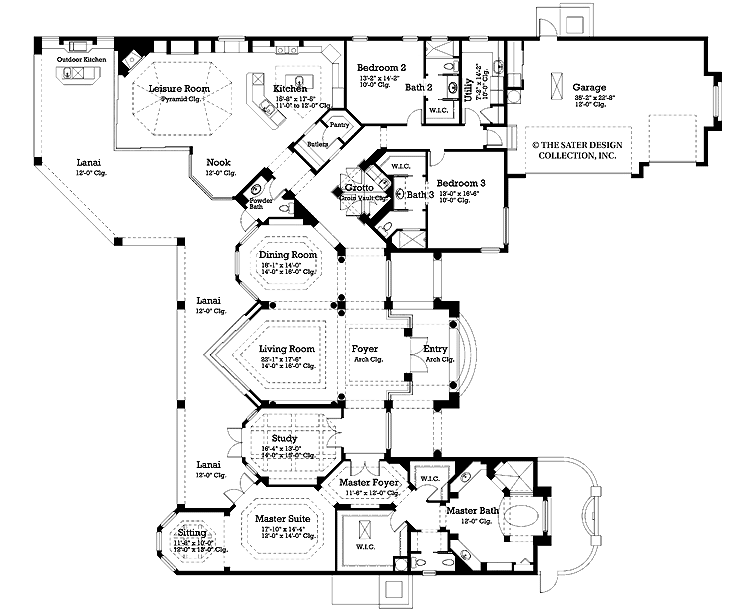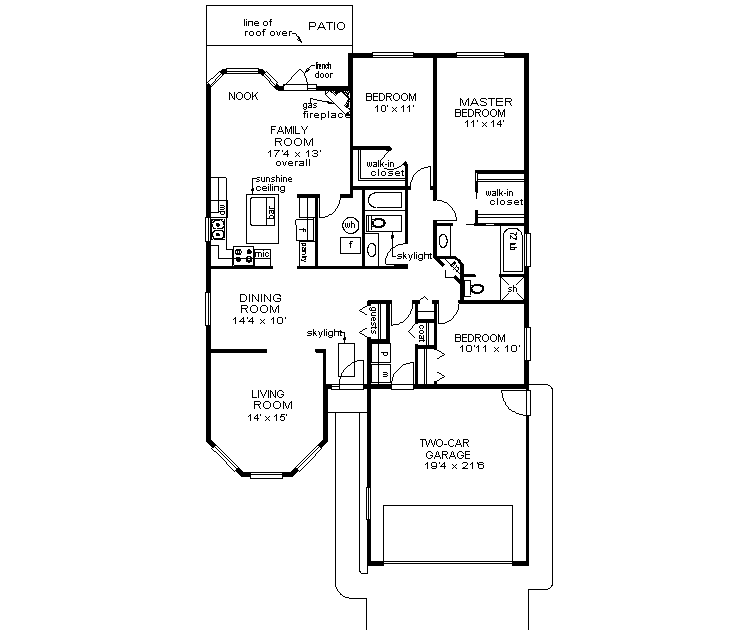
 Chosen People, p. 63 (Stuart Ewen, 1988)
Chosen People, p. 63 (Stuart Ewen, 1988)“Middle-class homes were marked by front rooms, parlors, adorned with overstuffed furniture, pianos, and other recognized symbols of prosperity. Back rooms, where people retreated from the primacy of display, where more plainly furnished.”
Judging by Appearances, p. 3 (Sander Gilman, 1999)
“In a world in which we are judged by how we appear, the belief that we can change our appearance is liberating. We are what we seem to be and we seem to be what we are! All of us harbor internal norms of appearance by which we decide whom to trust, like, love, or fear. We act as if these internal norms are both fixed and accurate. But we constantly redraw these visual maps as we negotiate the world with all of its complexities. And as we see the world, the world is also seeing us, judging us by our appearance. To become someone else or to become a better version of ourselves in the eyes of the world is something we all want. Whether we do it with ornaments such as jewelry or through the wide range of physical alterations from hair dressing to tattoos to body piercing, we respond to the demand of seeing and being seen.”
When I read this section of Stuart Ewen's Chosen People I was immediately reminded of almost every house I entered as a child, including my own. I had one friend in particular for whom the front living room was "off-limits." Although her house as a whole was indeed very nice looking, the contrast between the stark white carpet and couches, polished dark oak furniture and glass tabletops with the rest of the house was still startling. If nothing else, because this room was so "off-limits," it was kept pristine. Many other houses that I remember friends living in also possessed either a formal living room or dining room, or both. In most cases, play was not allowed in those rooms, and as a child I rarely saw them used. These rooms were always located at the front of the house, near the entry, as is the case in the floor-plans shown here. For anyone who did not enter further than the foyer, these homes and the people who lived in them appeared to be of the utmost distinction and importance. Beyond the prestigious facades, however, any kind of ordinary or uninteresting attributes could be revealed.
 Working as an extension of what Sander Gilman says in
Working as an extension of what Sander Gilman says in Judging by Appearances, it can be seen that the efforts to make oneself appear more well-off than one actually may be persist still today, and in the form of posessions rather than just the manifestation of the body. Many people continue to pursue the appearance of high status and class through lavish luxury not only with their bodies or in the public sphere with flashy cars, clothes, and demeanor, but also in their private homes, through the layout, the furnishing, and the decor. As such, those who participate in this appearance maintenance are able to not only indicate to others that they are important, but also to inflate the amount of importance that they feel about themselves and their lives. Success not only becomes money, but also what one does with her or his money, and the ways that one is judged by others.
Judging by Appearances, it can be seen that the efforts to make oneself appear more well-off than one actually may be persist still today, and in the form of posessions rather than just the manifestation of the body. Many people continue to pursue the appearance of high status and class through lavish luxury not only with their bodies or in the public sphere with flashy cars, clothes, and demeanor, but also in their private homes, through the layout, the furnishing, and the decor. As such, those who participate in this appearance maintenance are able to not only indicate to others that they are important, but also to inflate the amount of importance that they feel about themselves and their lives. Success not only becomes money, but also what one does with her or his money, and the ways that one is judged by others.
In the example shown at left, a very expensive home persists in the convention of displaying the most formal rooms at the front of the home. In the case of this house, a formal study, formal living room, and formal dining room are all visible from the foyer. In the examples to the right, more average homes are shown, both displaying formal living and formal dining rooms near the entrance. In the first, everything besides the bedrooms could presumably be up for display, and therefore each room, including the kitchen, would ideally look expensive and neat. In both images, the bedrooms are clustered off to one side of the floor-plan, accessible only through one hallway for all rooms. The second floor-plan also privatizes the kitchen and family room, making it possible that these rooms do not need to be in such pristine order as the formal living and dining rooms do.
Image Sources:
No comments:
Post a Comment